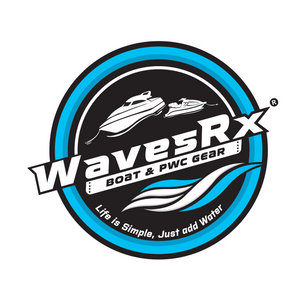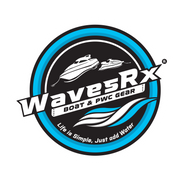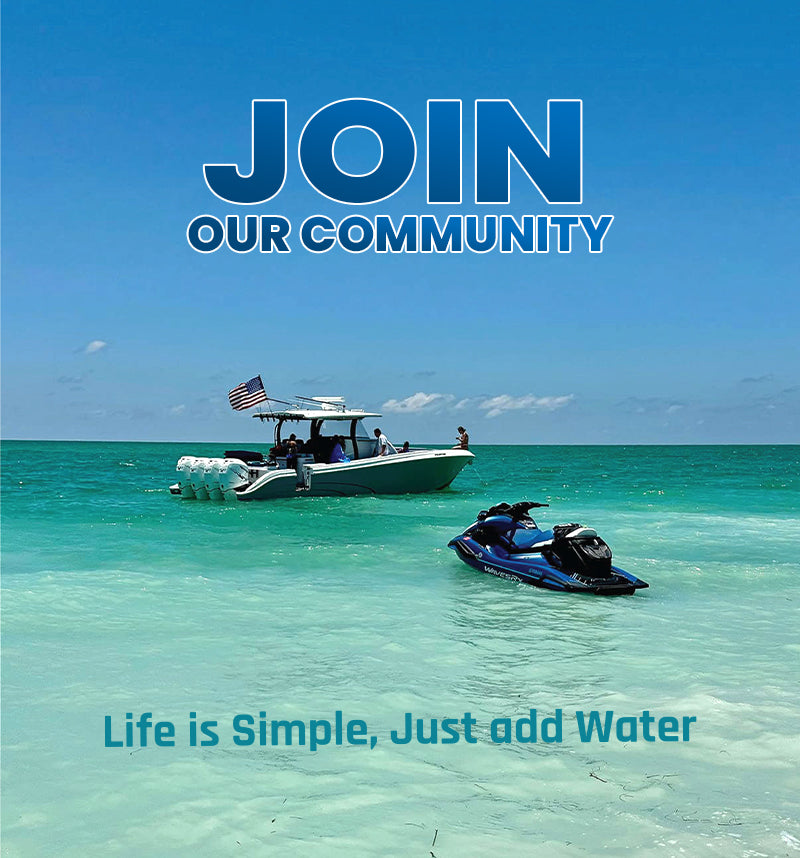When PWC Anchors Drag: Solutions for Better Holding Power
Picture this: you’re out on the water with your personal watercraft (PWC), soaking up the sun, waves gently lapping against the hull. Everything is perfect until you realize your PWC is drifting away. The anchor you trusted with holding your craft in place has decided to take a break. It's a scenario that’s not just frustrating but can put a damper on an otherwise perfect day on the water. Ensuring you have a reliable anchoring system is key to preventing such experiences. When PWC anchors drag, finding solutions for better holding power becomes crucial.
This isn’t just about keeping your PWC stable in one spot; it's about safety and peace of mind. The right anchor, paired with proper anchoring techniques, can make all the difference in enjoying a worry-free day cruising the waves. With smart anchoring solutions, you can focus on fun, not frustration. Let’s explore why PWC anchors might drag and how to improve their performance.
Understanding Why PWC Anchors Drag
To keep your PWC where you want it, you first need to understand why anchors might not hold as expected. Several factors can cause a PWC anchor to drag. Here are some common culprits:
- Improper Anchor Type: The type of anchor you use should match your watercraft and the conditions you expect. Using the wrong anchor type can result in poor performance.
- Insufficient Scope: Scope refers to the ratio of anchor line length to the depth of the water. A scope that's too short won't allow the anchor to settle effectively, reducing its holding power.
- Challenging Water Conditions: Rapidly changing tides or strong currents can make it harder for the anchor to maintain a grip. They can easily dislodge an anchor not suited for such challenges.
- Seabed Variations: The seabed plays a critical role in anchoring effectively. Sandy, rocky, or weedy bottoms each require different anchoring strategies to ensure the right hold.
By recognizing these problems, you can begin to address the issues that lead to dragging anchors. Choosing the right anchor and adjusting your technique can greatly enhance stability. Remember, each water body has unique conditions, so flexibility in your approach is essential. Knowing why anchors drag helps you troubleshoot and prevent problems before they occur. With this understanding, you can enjoy long, uninterrupted hours of relaxation or adventure on your PWC.
Choosing the Right Anchor for Your PWC
Finding the perfect anchor is half the battle when it comes to keeping your PWC in place. Different anchors work best in different situations, and choosing one should depend on where and how you usually hit the water. Here’s a look at a few common types:
- Fluke Anchors: Great for sandy or muddy bottoms, they dig in and provide a strong hold in softer seabeds. If your usual spot is sandy and you often deal with strong currents, this might be your best bet.
- Grapnel Anchors: This type is compact and works well in rocky areas. Their multiple tines can catch on rocks and keep your craft secure. They're ideal if you frequently anchor where the seabed is uneven and rocky.
- Mushroom Anchors: Perfect for more stationary conditions like ponds, as they rely on their weight for holding power. They're not the best for areas with strong currents or waves but work fine in calmer conditions.
While selecting an anchor, consider how and where you typically use your PWC. Understanding your environment helps in making the right choice, providing a steady anchorage for your thrill-filled days.
Techniques to Enhance Anchor Holding Power
Once you’ve chosen the right anchor, proper technique is the next step in ensuring it holds firm. Here’s how you can maximize its effectiveness:
1. Choose the Right Spot: Look for areas where the seabed lines up with your anchor’s strengths. Avoid spots with rapidly changing currents if possible.
2. Let Out the Proper Scope: Aim for about seven to ten times the depth of the water in anchor line length. This longer line allows the anchor to set and hold more effectively.
3. Check the Angle: Keep a lower angle of the anchor line to the water’s surface, allowing the anchor to dig in more efficiently.
4. Use a Heavier Anchor for More Stability: If conditions are challenging, switching to a heavier anchor might provide the security you need.
Implementing these techniques can add layers of confidence to your anchoring setup. Each step contributes to making sure your PWC stays put so you can enjoy uninterrupted fun.
Maintenance Tips for Reliable Anchoring
To maintain a reliable anchoring system, regular checks are important. Like car maintenance, keeping your anchor in top shape involves a few basic routines:
- Inspect Regularly: Look for signs of wear and tear, especially on the anchor’s shank and flukes. Damaged parts should be replaced to preserve functionality.
- Rinse After Use: Saltwater can be harsh. Rinsing your anchor with fresh water after each use prevents corrosion and rust.
- Store Properly: When not in use, keep the anchor in a secure and dry location. This prevents unnecessary damage from environmental exposure.
Proper maintenance ensures that your anchor will perform well when you need it most. It's an easy way to safeguard against unexpected drifting.
Wrapping Up Secure Anchoring Practices
Anchoring your PWC securely is a mix of having the right equipment and using it correctly. Whether it's about understanding different types of anchors, employing effective techniques, or maintaining your gear, every step plays a part in ensuring you spend more time enjoying the water rather than battling with wayward anchors.
Remember, a little attention to detail goes a long way in creating a stress-free experience. By refining your approach, you can ensure that your PWC adventures are both enjoyable and worry-free.
To ensure your personal watercraft remains secure and anchored during your aquatic adventures, explore our range of PWC anchors at WavesRx. Discover a variety of options tailored to suit different water conditions and preferences. Equip your PWC with the right tools and techniques to avoid drifting and enjoy seamless experiences on the water.


